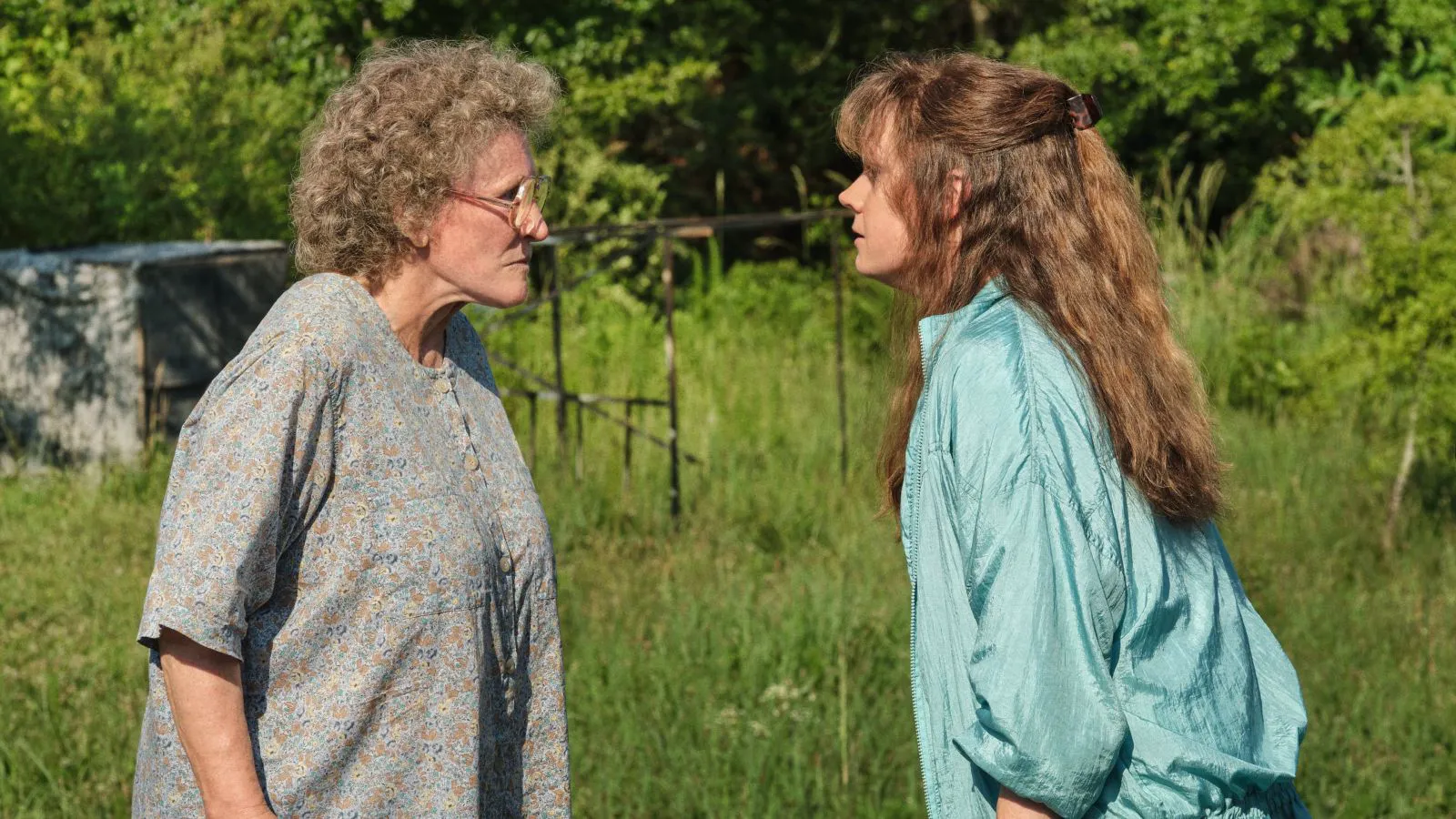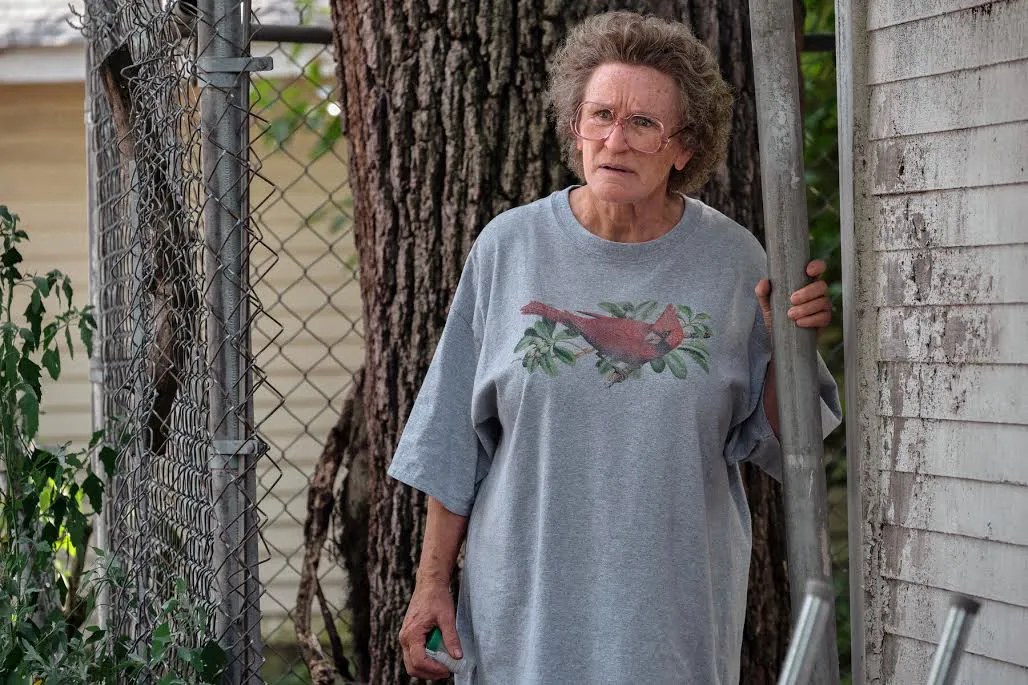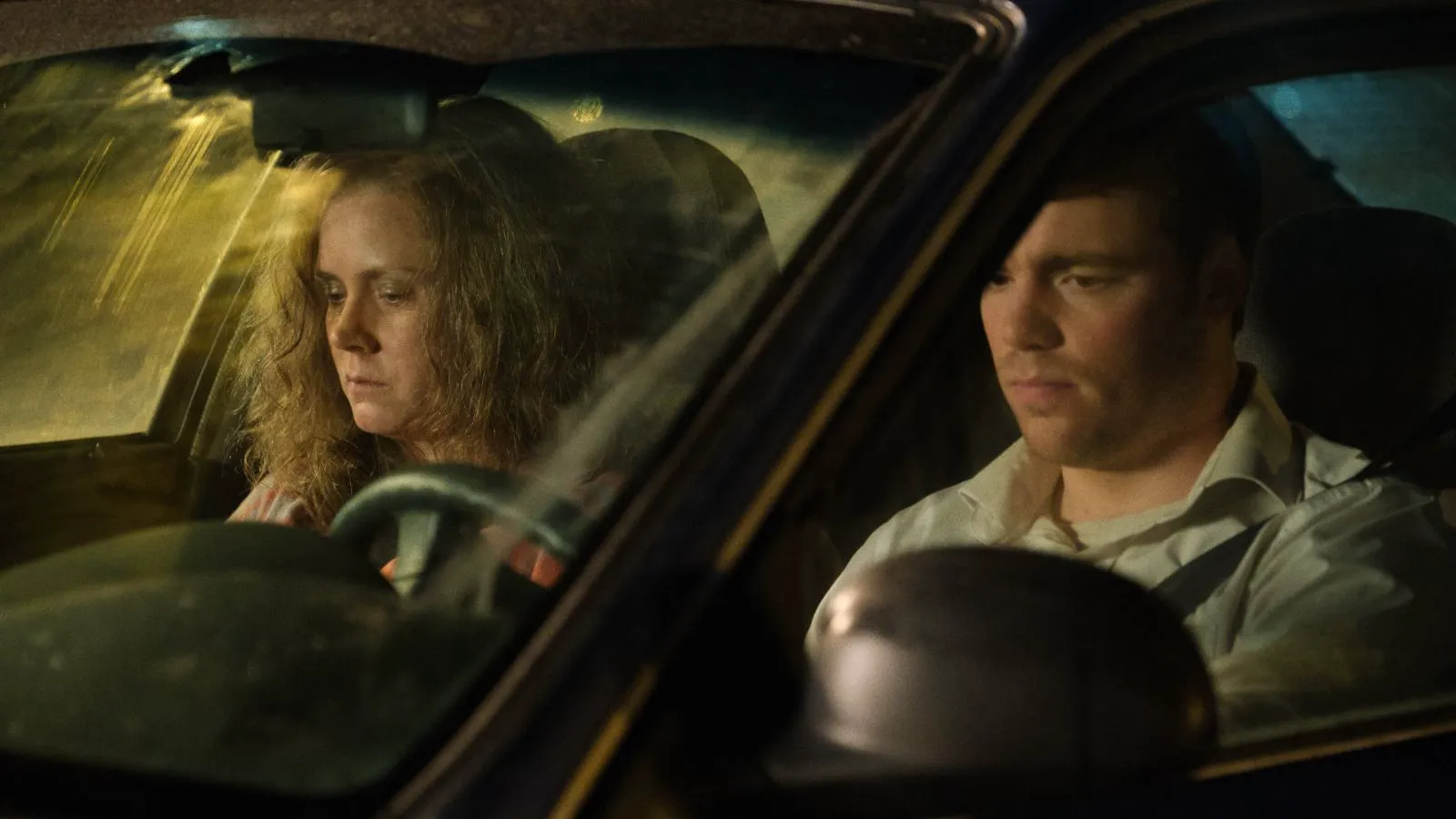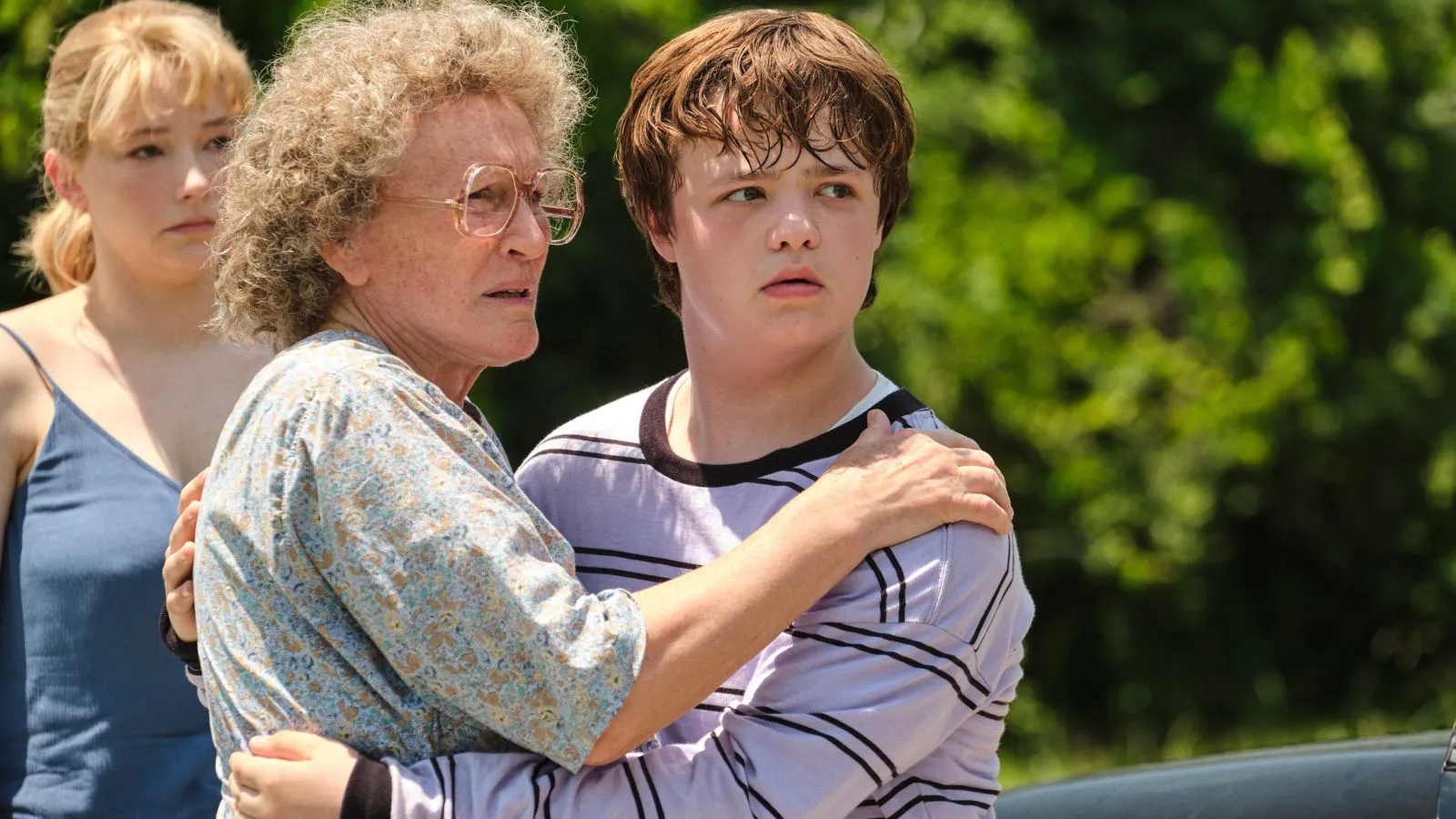In 2020, Ron Howard’s resume is largely known for large-scale Hollywood dramas: “A Beautiful Mind,” “Apollo 13,” “Rush.” The director’s new film, “Hillbilly Elegy,” explores issues of heredity and addiction, and enlists two of the biggest “Oscar” losers in terms of the number of lost statuettes – in the hope of bringing them the coveted gold.

Amy Adams as Bev in a still from “Hillbilly Elegy”
Based on the memoir of the same name by financier J.D. Vance, “Hillbilly Elegy” is like all “unhappy” family tragedies at once. This time, the director shifted his focus and concentrated on the internal dynamics of a single family from a single American class – the inhabitants of the “rust belt,” the proud and unapproachable electorate of Donald Trump. Critics have been quick to criticize the film for many things (a reaction quite comparable to the reception of Tom Hooper’s “Cats”): from republicanization to liberalization, parody and mediocrity. But an outright failure, surprisingly, never materialized, although the prerequisites proudly and alternately arose throughout the film.

Glenn Close in a still from “Hillbilly Elegy”
The protagonist of “Elegy” is young Vance (Gabriel Basso; Owen Asztalos in adolescence), a Yale University student who managed to break the family curse and make something of himself. His background makes itself known: for example, the hero is lost when he sees the cutlery at a dinner with potential employers – this both embarrasses him and makes him fiercely defend the “rednecks” (a derogatory term that one of the interlocutors casually throws out) and his history. Before an important interview, circumstances forcibly return Vance to the Ohio backwoods: the reason is his mother Beverly’s (Adams) aggravated drug addiction.

Family Dynamics and Personal Struggles
There were practically no men in Vance’s life – there were enough problems without them. Each appeared briefly, dimly, and after a few months retreated due to another protracted conflict with his mother. In addition to addiction, Bev has signs of bipolar disorder and is unable to control her own anger, mostly taking it out on her son. The main coach and inspirer of the teenager is his grandmother Memaw (Close), a stern, strong-willed woman with a book of life at the ready and an extensive dictionary of sayings/salty jokes for all occasions (special attention to the representation of the Polish people at the end of the picture). Realizing that raising her own daughter has not borne fruit, she wants to have time to save at least her grandson for great deeds.
The daily odyssey occupies the entire narrative, is full of flashbacks, awareness of the truth about personal development, the usual plot canvas and the adoption of difficult decisions. It will not be difficult to recognize at what point the heroes’ remarks will be picked up by Hans Zimmer’s pathetic (or, conversely, inspiring) soundtrack, for whom the bell will toll, who will come out scarred but alive. Madly you can be the first: Hollywood Edition (sometimes Uncut). And yet, behind the naive sterility, the complete rejection of the political agenda (there was plenty of it in the original source), in order to smooth out the unstable political climate, behind the utopian view from the pioneer days lies a confident integrity. Howard practically does not spill the soulful potential of the “bait” sharpened for awards and keeps all its parts under control, disassembles and reassembles the apparatus so that it shines and sparkles, and is bought up as decorations for Thanksgiving.

Still from “Hillbilly Elegy”
Performances and Career Context
In “Elegy,” Adams and Close go all-in, it’s pointless to reproach them for this. With 13 “Oscar” nominations for two without victories, they declare an infinity war on the academy with forbidden techniques (they especially love to mark them with prizes). The final (I would like to believe not) benefit performance of the provincial theater: with transformation, wigs, makeup, ersatz of southern dialects, overacting, digging into the stage landscape and not regretting anything. It also works in the context of the continuation of the career cycle of images: from mothers to mentally unstable lovers (“Fatal Attraction”), deceived wives and leaders of sects (“The Master”), linguists and generalissimos of space states (“Guardians of the Galaxy”). Adams largely continues what she started in “Sharp Objects” (instead of prohibited substances there is self-harm, fueled by alcohol), suffers consciously and compassionately, without interruption. Close in the background remains unrecognizably original in moralizing loudness and looseness, discovers an atypical force for biopics in contemplative, subtle moments.
Howard’s Approach and Final Thoughts
Charlie Kaufman concludes his recent project “I’m Thinking of Ending Things,” made in collaboration with Netflix, with an homage to “A Beautiful Mind” – a false Mecca, a haven of narrow-mindedness, the main character’s barred delirium. In dead makeup and with an emphasis on tears, “Games” (the best film of 2001 according to the American Academy) are captured by Kaufman mercilessly sarcastically, at the same time without much persecution. Ironically, Howard also joined the red-ribbon platform, but with other goals and means: “I want this movie to unite families,” he optimistically states in one of the interviews. How they will react is unknown, but “Elegy” immediately confirms the author’s reputation as a diligent, dreamy craftsman who once again found the Hollywood formula and made it work flawlessly. Howard and his producing partner Brian Grazer simply don’t have extra time to envy their creatively free colleagues. No one will forbid you to turn up your nose at the final sweetness, only it will not become less contrived, touching and, as a result, effective from this.